Functional role of laminin α1 chain during cerebellum development
- PMID: 22274713
- PMCID: PMC3277781
- DOI: 10.4161/cam.5.6.19191
Functional role of laminin α1 chain during cerebellum development
Abstract
We had developed a conditional Laminin α 1 knockout-mouse model (Lama1(cko)) bypassing embryonic lethality of Lama1 deficient mice to study the role of this crucial laminin chain during late developmental phases and organogenesis. Here, we report a strong defect in the organization of the adult cerebellum of Lama1(cko) mice. Our study of the postnatal cerebellum of Lama1(cko) animals revealed a disrupted basement membrane correlated to an unexpected excessive proliferation of granule cell precursors in the external granular layer (EGL). This was counteracted by a massive cell death occurring between the postnatal day 7 (P7) and day 20 (P20) resulting in a net balance of less cells and a smaller cerebellum. Our data show that the absence of Lama1 has an impact on the Bergmann glia scaffold that aberrantly develops. This phenotype is presumably responsible for the observed misplacing of granule cells that may explain the overall perturbation of the layering of the cerebellum and an aberrant folia formation.
Figures
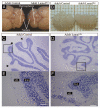
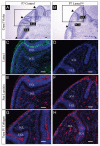
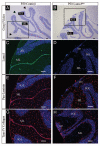
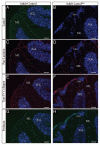
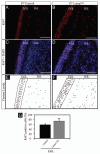
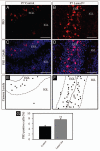




References
MeSH terms
Substances
LinkOut - more resources
Full Text Sources
Molecular Biology Databases
